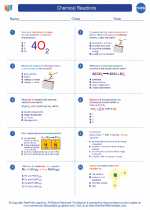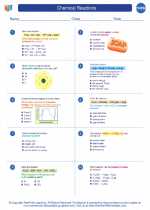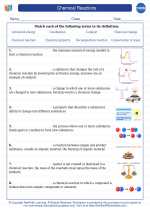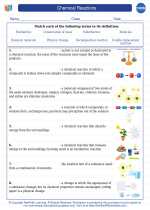Food Source
Food sources are the raw materials from which organisms obtain their nutrients. These nutrients provide energy and the building blocks necessary for growth, maintenance, and repair of tissues. In the context of chemistry, understanding the chemical composition of food sources and their interactions with the body is crucial for comprehending the processes of digestion, metabolism, and energy production.
Macronutrients
Macronutrients are the major components of food sources and include carbohydrates, proteins, and fats. They provide energy in the form of calories and are essential for the body's functioning.
Carbohydrates
Carbohydrates are the body's primary source of energy. They are made up of carbon, hydrogen, and oxygen atoms. Common food sources of carbohydrates include fruits, vegetables, grains, and legumes. The main types of carbohydrates are sugars, starches, and fiber.
Proteins
Proteins are essential for the growth and repair of tissues in the body. They are composed of amino acids, which contain carbon, hydrogen, oxygen, and nitrogen. Food sources of proteins include meat, fish, eggs, dairy products, and plant-based sources like legumes, nuts, and seeds.
Fats
Fats are a concentrated source of energy and play a role in nutrient absorption and maintaining cell structure. They are composed of carbon, hydrogen, and oxygen atoms. Common food sources of fats include oils, butter, nuts, seeds, and fatty cuts of meat.
Micronutrients
Micronutrients are essential vitamins and minerals that are required in smaller quantities but are crucial for various physiological functions in the body. They are found in a wide range of food sources.
Vitamins
Vitamins are organic compounds that are essential for metabolic processes, growth, and overall health. They can be water-soluble (e.g., vitamin C and B vitamins) or fat-soluble (e.g., vitamins A, D, E, and K) and are found in various food sources such as fruits, vegetables, dairy products, and fortified foods.
Minerals
Minerals are inorganic elements that are vital for maintaining bodily functions, including bone health, fluid balance, and nerve transmission. Common minerals include calcium, iron, magnesium, potassium, and zinc, and they can be obtained from sources such as dairy products, meat, fish, fruits, and vegetables.
Study Guide
- What are the three main macronutrients, and what are their primary functions in the body?
- Compare and contrast the chemical compositions of carbohydrates, proteins, and fats.
- Discuss the importance of vitamins and minerals in the diet and provide examples of food sources rich in these micronutrients.
- Explain the roles of macronutrients and micronutrients in energy production and overall health.
- Explore the concept of nutrient bioavailability and how it relates to food sources and digestion.
Understanding food sources and their chemical composition is integral to grasping the role of nutrition in maintaining a healthy and balanced diet. By studying the macronutrients and micronutrients found in various food sources, students can gain a comprehensive understanding of their significance in human health and well-being.
.◂Chemistry Worksheets and Study Guides High School. Chemical Reactions

 Worksheet/Answer key
Worksheet/Answer key
 Worksheet/Answer key
Worksheet/Answer key
 Worksheet/Answer key
Worksheet/Answer key
 Worksheet/Answer key
Worksheet/Answer key
 Worksheet/Answer key
Worksheet/Answer key
 Vocabulary/Answer key
Vocabulary/Answer key
 Vocabulary/Answer key
Vocabulary/Answer key
 Vocabulary/Answer key
Vocabulary/Answer key
